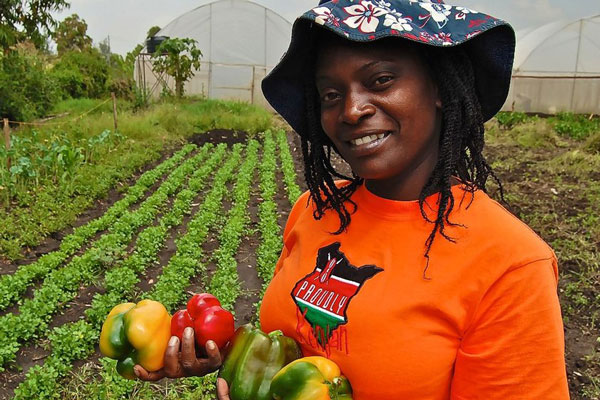
ROME — Growing use of nitrogen-based fertilisers for food production is increasing emissions of a greenhouse gas 300 times more potent than carbon dioxide, threatening efforts to keep global warming to internationally agreed limits, scientists warned on Wednesday.
Nitrous oxide (N2O) is the main man-made substance damaging the planet’s protective ozone layer, and its level in the atmosphere — where it remains for more than 100 years — has risen 20% since 1750, while emissions have increased by 30% over the past four decades due to human activities, they said.
The findings, published in the journal Nature, represent the most comprehensive assessment to date of N2O, also known as “laughing gas”, involving 57 scientists from 14 countries.
The study also showed how effective actions could reduce those emissions, as has happened in Europe.
Pep Canadell, the study’s co-leader and executive director of the Global Carbon Project, said the agriculture sector was the biggest contributor to the rise in N2O emissions.
“We have no replacements for nitrogen fertilisation and plants need that extra nitrogen… when we try to produce so much food in such a small area,” said Canadell, of Australia’s Commonwealth Scientific and Industrial Research Organisation.
But there is a lot of scope for improving the efficiency of nitrogen use, he added, including the timing, rate and way it is administered to plants and the soil.
If N2O emissions are not curbed, global average temperatures could rise well above 30C higher than pre-industrial levels, warned co-author Parvadha Suntharalingam from Britain’s University of East Anglia.
- Chamisa under fire over US$120K donation
- Mavhunga puts DeMbare into Chibuku quarterfinals
- Pension funds bet on Cabora Bassa oilfields
- Councils defy govt fire tender directive
Keep Reading
The 2015 Paris Agreement on climate change pledged to limit global warming to “well below” 20C to avoid the worst impacts of climate change, which scientists say could include food and water shortages and mass displacement.
“This study calls for immediate action on controlling the emissions of N2O. If we don’t, then to reach the Paris targets, we’re going to have to control other greenhouse gases like CO2 and methane even more stringently,” Suntharalingam said.
The largest regional contributors to global N2O emissions are East Asia, South Asia, Africa and South America, with Brazil, China and India seeing highest growth, the study said.
Emissions from synthetic fertilisers dominate in China, India and the United States, while emissions from using livestock manure as fertiliser make up the majority in Africa and South America, it added.
High subsidies for nitrogen fertilisers to farmers in countries like India have boosted crop production to feed the population but mean there is little incentive to cut down on their use, said co-author Wilfried Winiwarter.
Europe is the only region that has successfully reduced N2O emissions over the past two decades, according to Winiwarter, a senior researcher at the Vienna-based International Institute for Applied Systems Analysis.
According to the study, N2O emissions from Europe’s agricultural soils decreased by 21% between 1990 and 2010, and those from nitric acid plants dropped to 3% from 11% of the European Union’s total emissions between 2007 and 2012.
Measures that cut N2O emissions included efforts to reduce groundwater pollution caused by nitrogen entering rivers and technology enabling more precise application of fertilisers.
Europe also installed equipment to curb emissions from industrial plants producing nitric acid, used for making fertilisers and explosives, added Winiwarter. — Thomson Reuters Foundation











